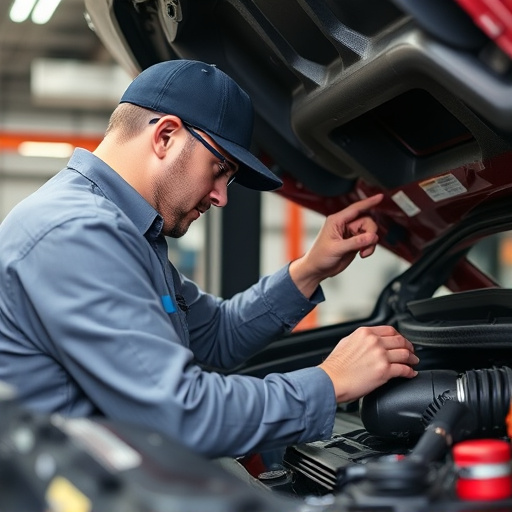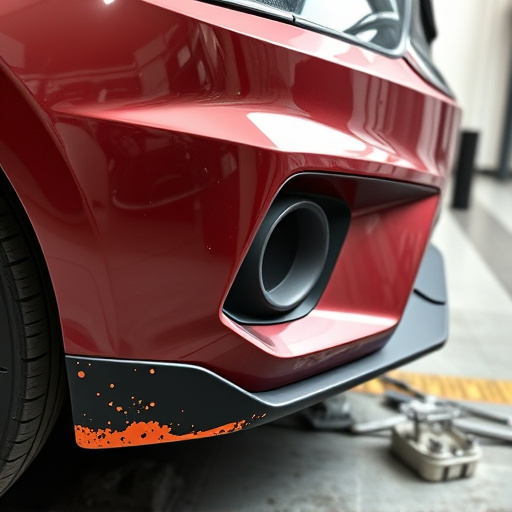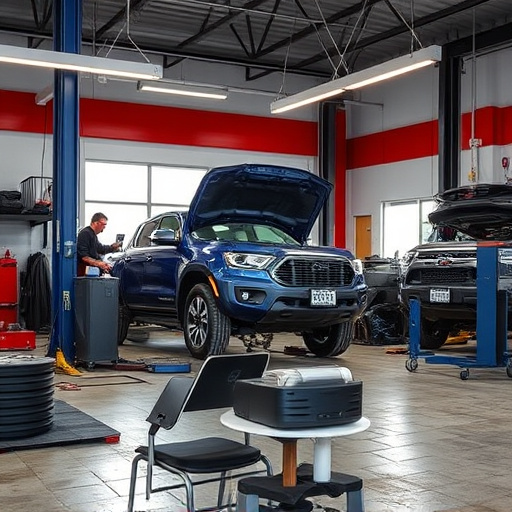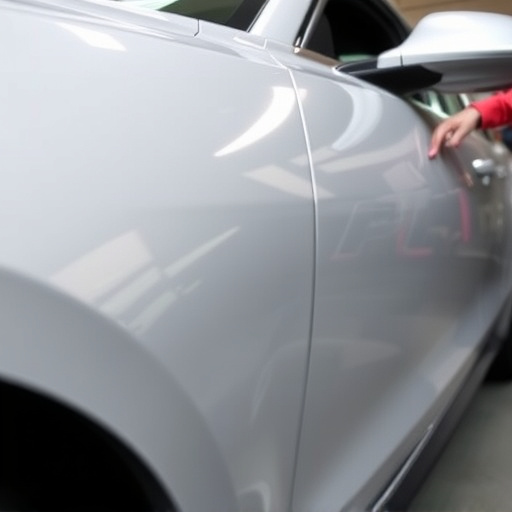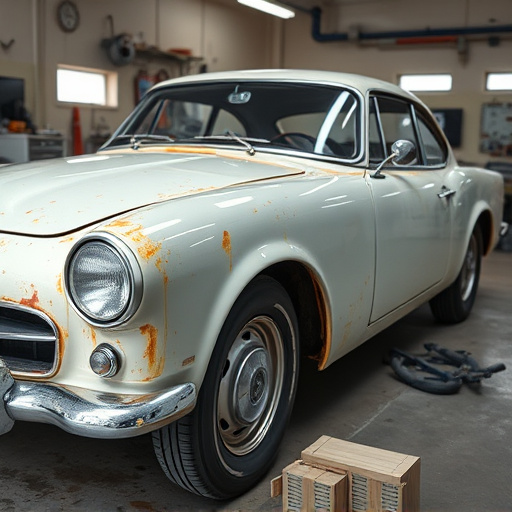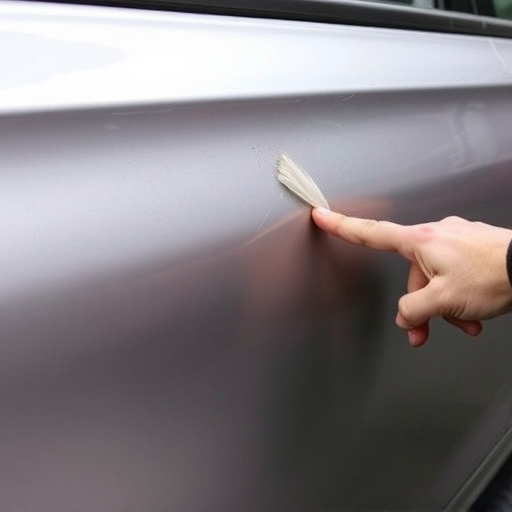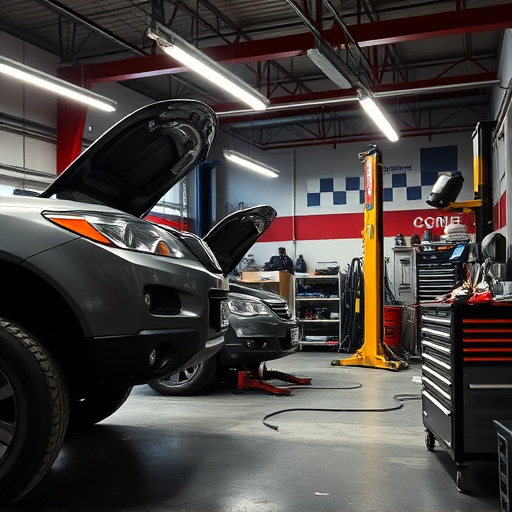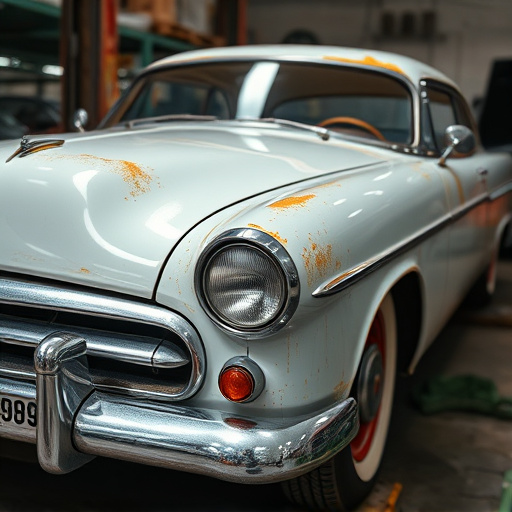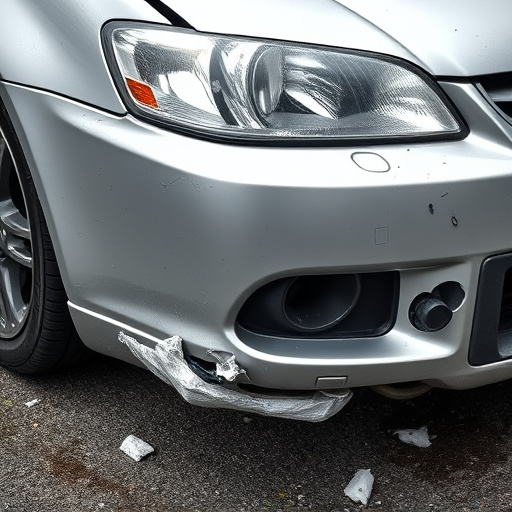Hatchback collision repair demands specialized expertise due to their unique design and compact size, posing specific challenges in damage assessment and repair. Skilled technicians utilize advanced diagnostic tools and a deep understanding of hatchback dynamics to ensure structural integrity, safety standards, and optimal performance. This meticulous process begins with a comprehensive inspection, followed by precise straightening and painting techniques to restore the vehicle to near-perfect condition. Quality assurance is paramount, with strict adherence to standards, eco-friendly practices, and post-repair inspections confirming both performance and structural integrity.
In the realm of automotive repairs, hatchback collision repair stands out due to its unique vehicle dynamics. This article delves into the key elements that underpin successful hatchback collision repair processes. From understanding the intricate vehicle mechanics to mastering essential repair steps and prioritizing safety considerations post-repair, each aspect plays a crucial role in ensuring both effectiveness and safety. By exploring these elements, we aim to empower professionals with the knowledge needed for top-tier hatchback collision repairs.
- Understanding Hatchback Vehicle Dynamics for Effective Repair
- Essential Steps in Hatchback Collision Repair Process
- Quality Assurance and Safety Considerations Post-Repair
Understanding Hatchback Vehicle Dynamics for Effective Repair
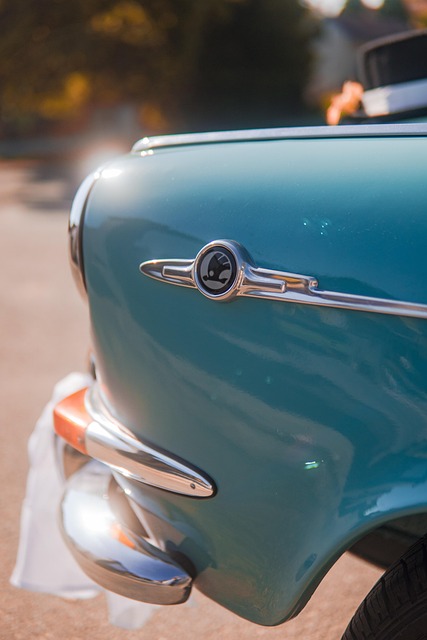
Hatchback vehicles have unique dynamics that require specialized knowledge for effective collision repair. Their compact design and versatile rear doors introduce specific challenges when dealing with damages. Understanding how these vehicles operate, including their suspension systems, rigid body structure, and the intricate interplay of various components, is crucial for achieving precise repairs.
Proficient auto collision repair technicians must consider these factors to ensure that the hatchback’s performance and safety standards are met post-repair. By leveraging advanced diagnostic tools and a deep understanding of hatchback vehicle dynamics, body shop services can deliver top-notch results, addressing not just visible damage but also structural integrity concerns, thus providing customers with reliable and safe vehicles after an accident.
Essential Steps in Hatchback Collision Repair Process
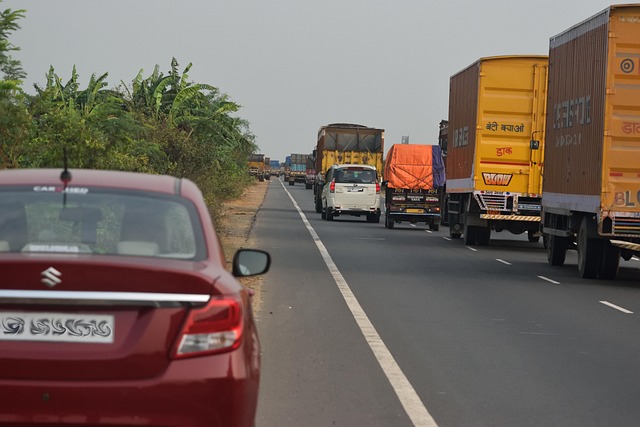
The hatchback collision repair process involves a meticulous series of steps to ensure both structural integrity and aesthetic precision. It begins with a thorough inspection to assess damage, including identifying crushed panels, bent frames, or impacted components. This initial evaluation is crucial for crafting an effective repair plan tailored to the specific vehicle’s needs.
Next, skilled technicians use specialized tools to straighten damaged body panels, carefully managing the metal to minimize warping and maintain original contours. Simultaneously, they address any underlying structural damage, ensuring the car’s safety and stability. After repairs, a meticulous painting process replicates the vehicle’s original finish, utilizing advanced techniques and high-quality paints for a seamless blend with the existing bodywork services. This attention to detail, from auto collision repair to final refinishing, transforms the hatchback into a near-perfect, restored condition.
Quality Assurance and Safety Considerations Post-Repair
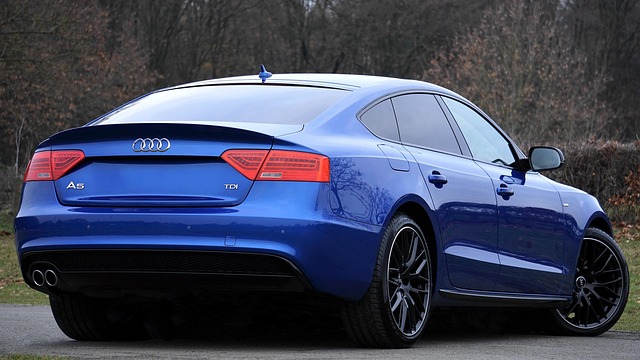
After a hatchback collision repair, ensuring quality assurance and safety is paramount. The process involves meticulous attention to detail, utilizing advanced techniques and genuine parts to restore the vehicle to its pre-accident condition. Every aspect of the repair, from structural integrity checks to intricate trim restoration, must adhere to strict standards to guarantee both performance and safety.
Post-repair inspections play a crucial role in confirming that all auto dent repairs, including body panel replacements and paint jobs, are up to par. This includes rigorous testing for proper alignment, leak detection, and visual examinations to ensure the vehicle’s aesthetics align with its structural integrity. Moreover, considering the environmental impact of vehicle repair, eco-friendly practices in auto detailing can mitigate damage and enhance longevity, contributing to a safer, more sustainable transportation ecosystem.
Hatchback collision repair is a meticulous process that combines an understanding of vehicle dynamics with precise technical skills. By adhering to the key elements outlined in this article, from comprehending hatchback-specific repairs to ensuring quality assurance and safety, professionals can deliver top-notch results. This not only protects the integrity of the vehicle but also ensures a safer driving experience for all. For those involved in hatchback collision repair, continuous learning and staying updated with industry best practices are paramount to success.
